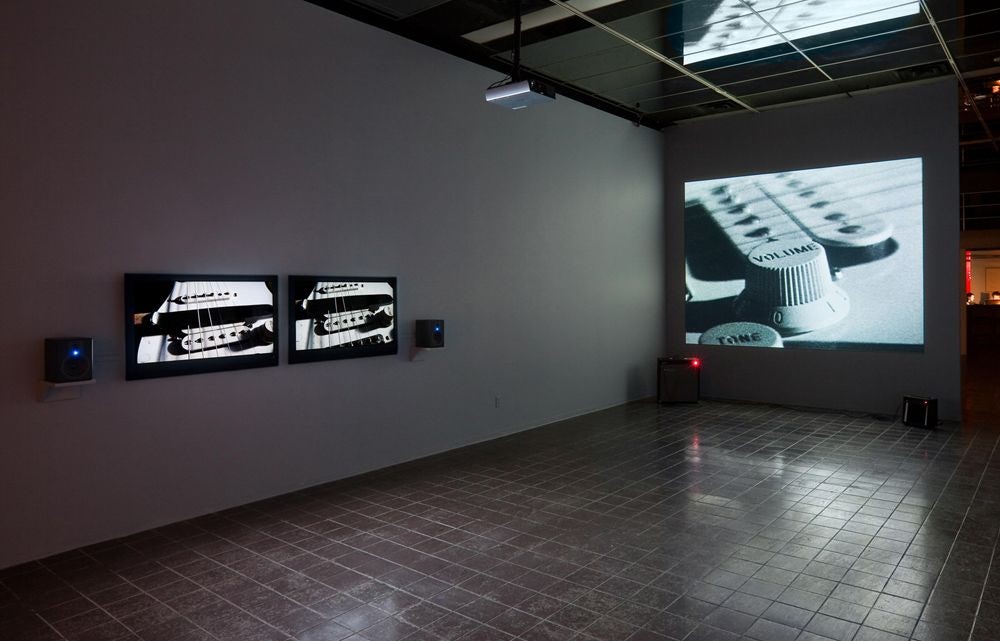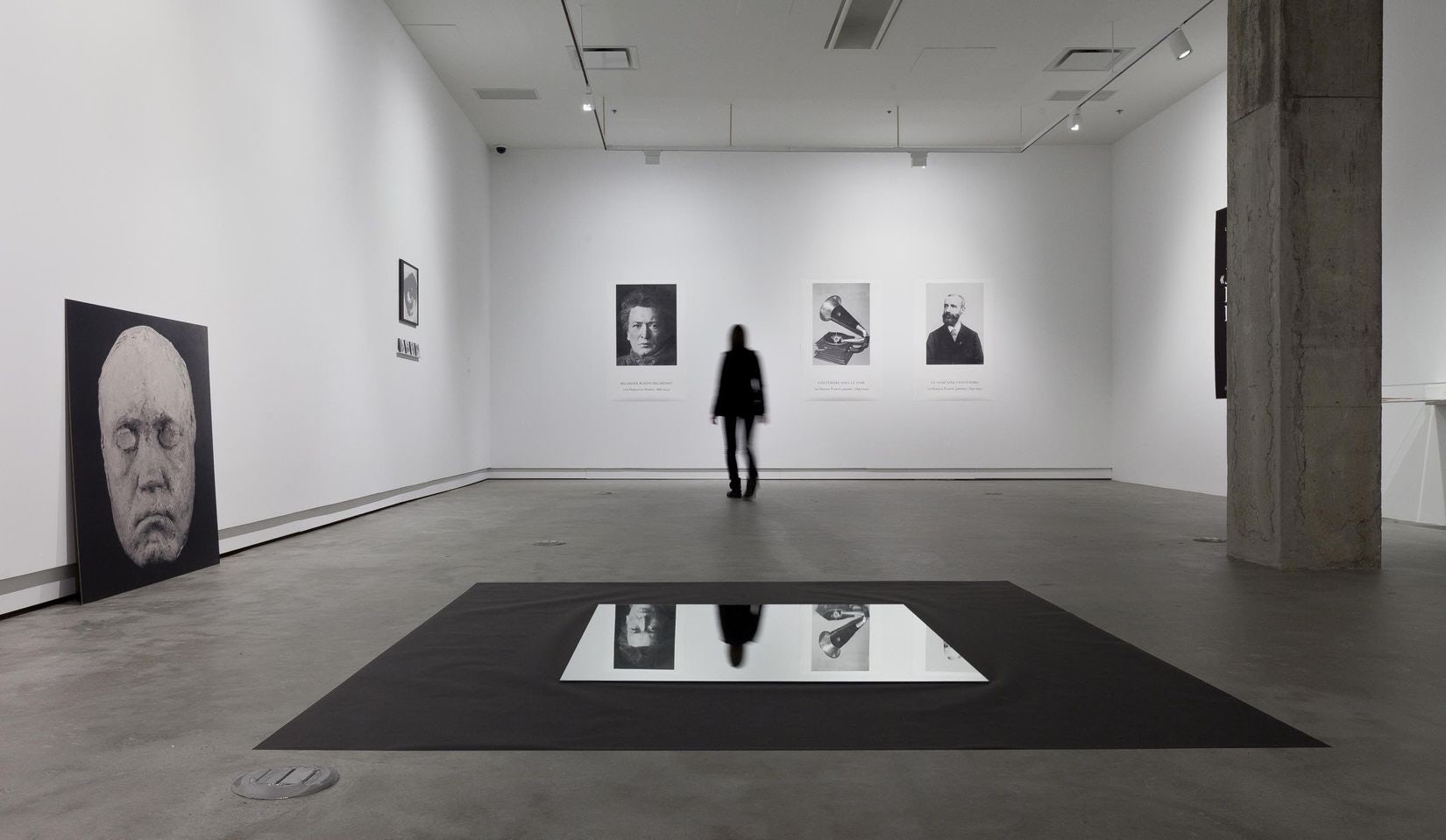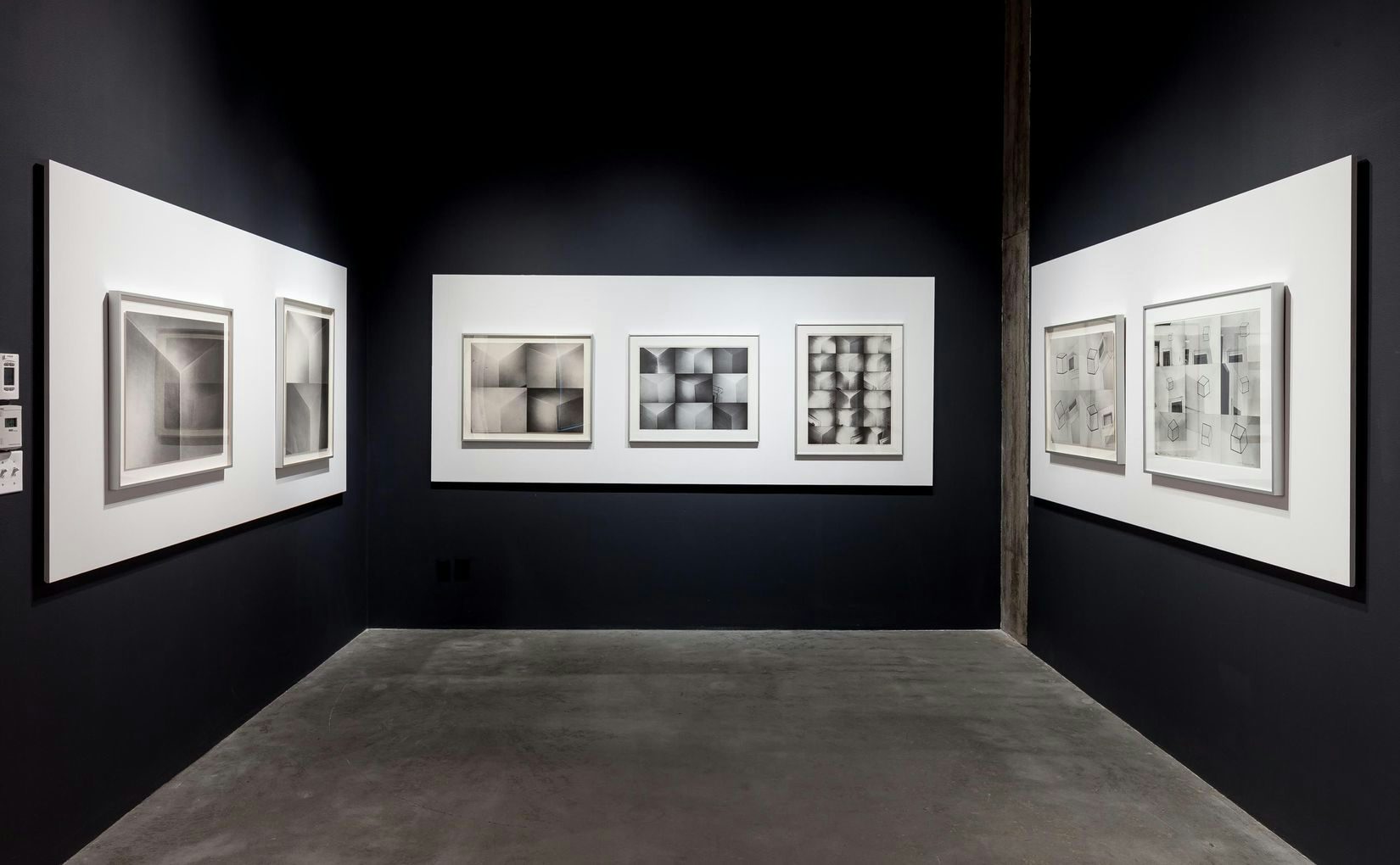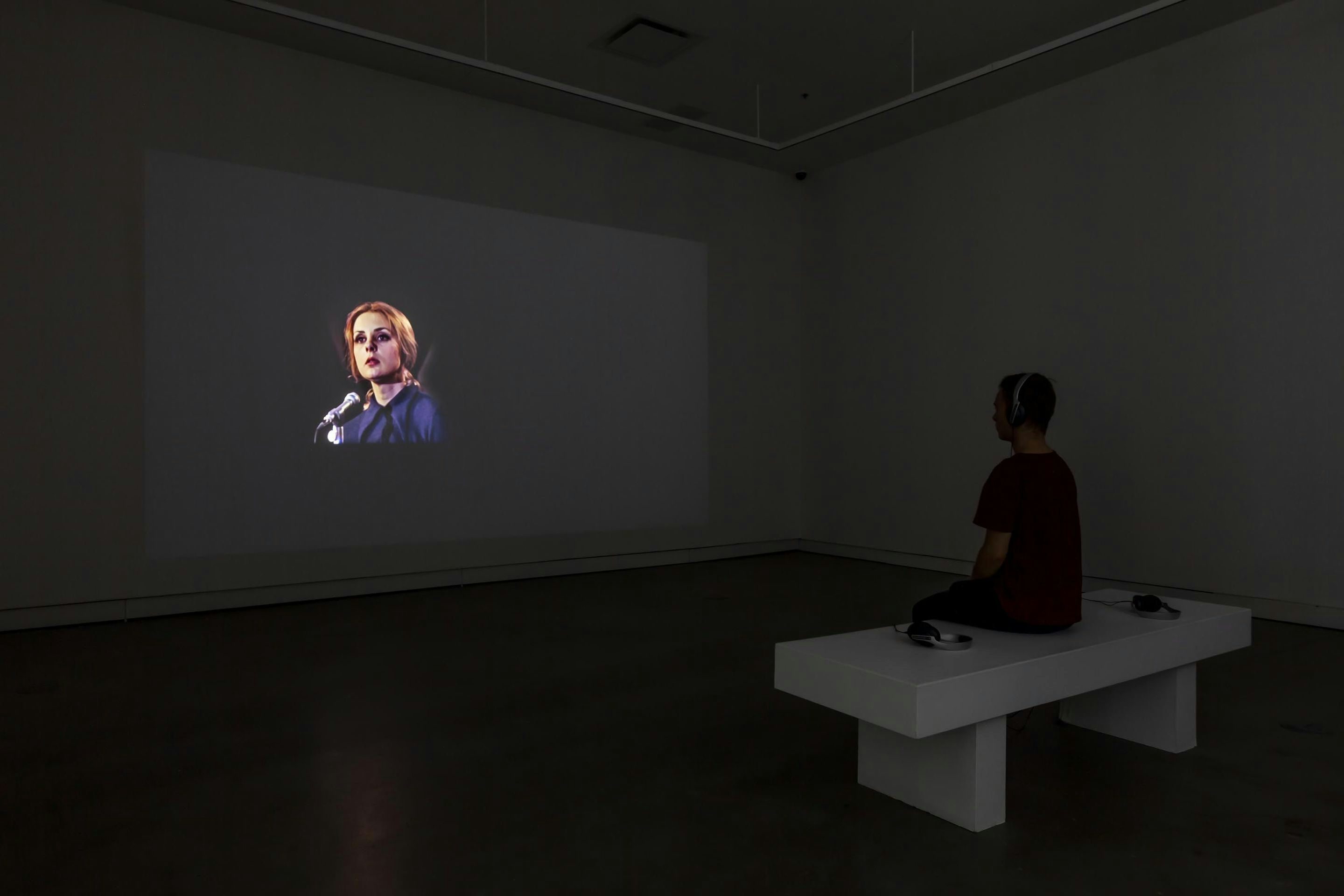
Monique Moumblow
Compositions | Pale Shadows
2019.11.01 - 2020.02.29
The Quest for the Subject
NICOLE GINGRAS
As a videomaker-writer or perhaps a writer-videomaker, Monique Moumblow fashions ostensibly simple narratives in which ellipsis plays a prominent role. Her laconic pieces delineate unsettling fictional spaces in which waiting, suspended time, absence, emptiness, and silence prompt us to stop, look and listen. Writing is crucial to her work.1 The ideas she interiorizes and with which she coexists are clearly borne by words. “This thinking is really like I’m writing in my head,” she says.2 Each idea obeys a complex process of associations, punctuated by interrogations and hesitations. Each time, their fragility and mobility gain their shape in close proximity to a tangible reality—a paradox that lies at the very core of the works gathered in the exhibition Compositions | Pale Shadows. Thus the attractive force and the power of dissolution that a natural site exerts on individuals are expressed in Rehearsal (2019) in simultaneously literal and radical fashion. In John’s Death (erased) (2019), the soundtrack accompanying a static shot of a corner of an old-fashioned living room acts as an antidote to the titular erasure of a death. In Not Funny (erased) (2019), a phrase burned into a young woman’s memory is incrementally diluted as it repeats on a loop. In I’m going to throw you in the sea and then you will drown, even though you are already dead (2019), a house’s grip on its occupants’ imaginations prompts certain atypical behaviours. For 1970 – Sans paroles (2014), a reading of a seminal text of Québécois poetry by its author, Michèle Lalonde, is subverted,3 setting up tensions of facial expressions, breathing and silences in a work that Moumblow describes as “text without words.” In Charles (2012), an individual’s singular nature is revealed by his embodied relationship to his family. The deceptively benign action of Pillow (erased) (2019) calls to mind a children’s game that, iteratively, hints at a paradoxical outcome.
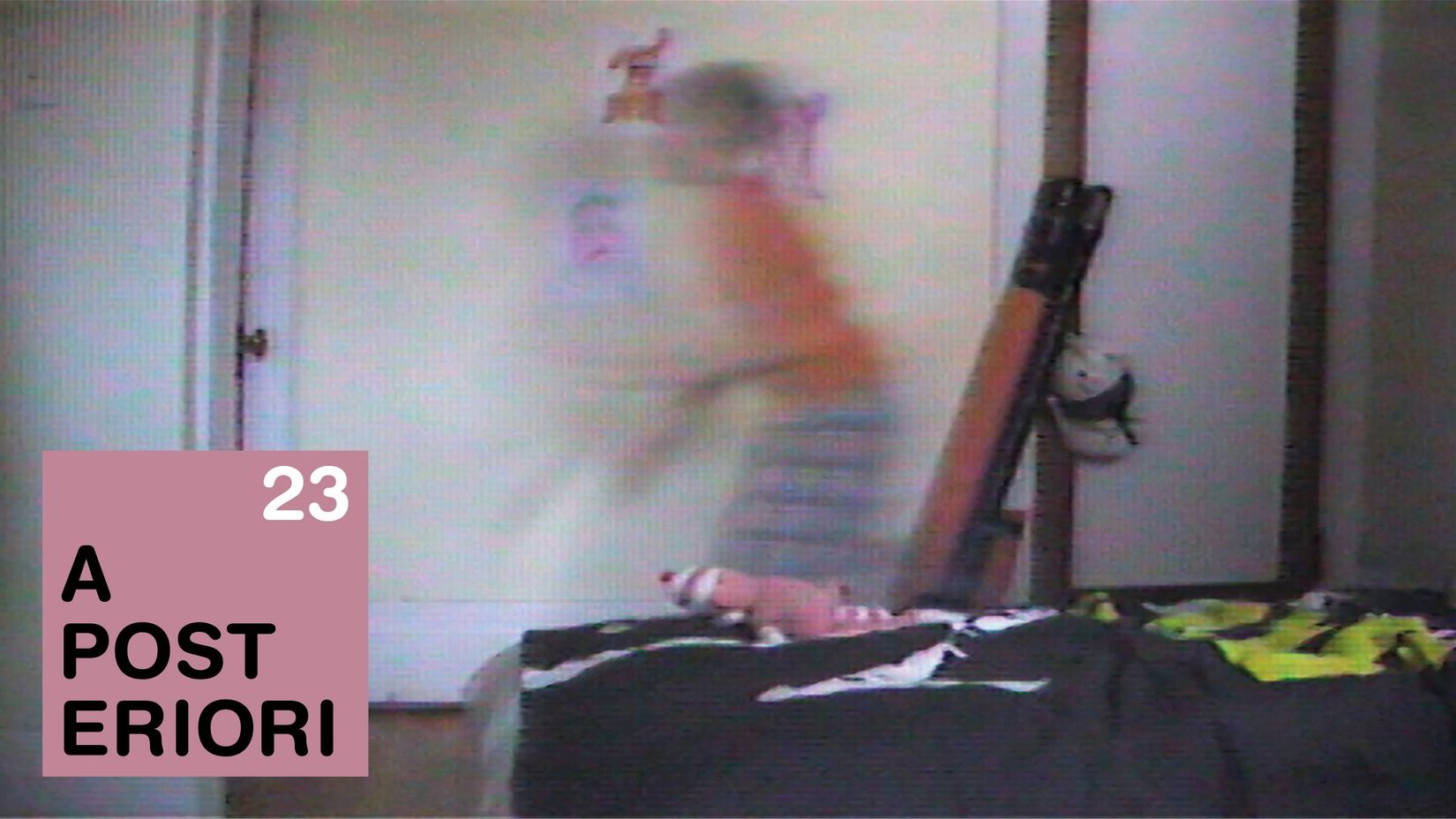
The palpable reserve in the stories Moumblow’s works have always told continues to astonish us. Does this speak to some process of condensation specific to poetic writing that the artist values? To a discretion or detachment toward that which she seeks to share? Writing not to state facts, but to extract those facts’ narrative dimension or skirt their affect, if only momentarily. Thus the videomaker-writer embarks on a subtle form of subversion of the content on which she trains her camera. It is writing with erasure in mind. The writer-videomaker explores even more deeply that notion of restraint at which she excels, addressing it in material and technical terms: the works John’s Death, Not Funny and Pillow in the erased series immerse us in a state of sceptical curiosity, set off respectively by the transformation of a piece of music, a sentence, or an action repeated until utter exhaustion through a process of gradual extinction of sound and image.4 While each work in the series is based on the same principle of continuous sampling, the singularity of the initial material nonetheless results in three narratively, symbolically and experientially distinct pieces. Moreover, each one masterfully celebrates looping, while offering a lucid metaphor for a creative process. We are witnesses to and invited to experience a present that is infinitely regenerating itself while at the same time dwindling before our eyes. The unfinishedness of a fragment, the live disintegration of a filmed scene, encounter the vastness of a melancholic vision.
Well acquainted with the text Speak White and its political heft, Moumblow addresses the pauses and silences between the words uttered by Michèle Lalonde. Sensitive to those barely perceptible interstices and investigating the scope of those silences, measured in seconds or fractions of a second, she isolates, assembles and dilates them in a video that reveals a woman on the verge of speaking a political, identity-shaping message. Moumblow here gives us a potent, enigmatic work that reveals attention to those details or subtle differences that no one else notices—telescoping between past and present that suggest a kind of polysynchronicity. About 1970 – Sans paroles, she writes: “Watching the original film (not my edit) I can comprehend a certain meaning within the poem, I can have a sense of the historical context, of the place, or the time, but there is always something that feels floating / not fixed / inaccessible. When I watch my edit with the split second of sound that punctuates the silent image, it feels like an acknowledgement of the indefinite.”5
1970 – Sans paroles occupies a pivotal place in the artist’s videography: the first video created from materials that she did not film or record herself,6 it also foreshadows the works in the erased series via the extractive principle explained above. It reactivates the presence of something spectral, as well as Moumblow’s fascination with the way in which words trace a boundary between the body and space, silence and emptiness—all of which are essential aspects in her recent installation I’m going to throw you in the sea and then you will drown, even though you are already dead.
Slowing down time the better to fathom it, capturing the transparency of a body to reveal its mobility, lingering on a gesture or sentence, and probing silences to properly decode them are strategies the artist favours to engage with the space of writing and of memory.
